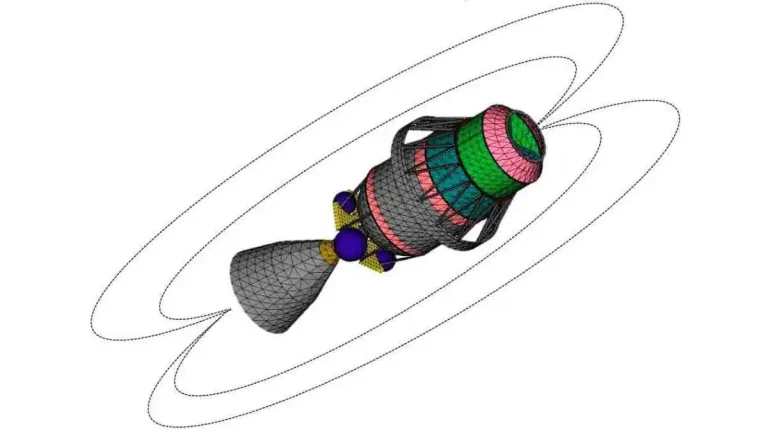
Space exploration has allowed humanity to transcend its terrestrial boundaries, but with this advancement comes a growing issue—space debris. The European Space Agency (ESA) and the University of Bern joined forces to unravel the enigma of tumbling defunct satellites through a comprehensive study. This collaboration aimed to decode the erratic behavior of abandoned satellites in space, a crucial step toward ESA’s “Clean Space” initiative.
The mission of understanding satellite tumbling isn’t merely an academic pursuit; it’s a critical necessity. While stillness on Earth may signify stagnation, in the void of space, it translates into unpredictable motion for abandoned satellites. These wayward objects pose risks of collision, cluttering orbits, and endangering active satellites. ESA’s “Clean Space” initiative endeavors to mitigate this hazard by efficiently removing these space derelicts.
The collaborative effort employed a multi-pronged approach integrating optical, laser ranging, and radar observations. This fusion aimed to refine existing models for on-orbit tumbling analysis. Over a meticulous two-year period, observations of more than 20 objects were undertaken, marking a significant stride in comprehending the elusive behavior of defunct satellites.
Gravity, solar radiation, residual atmospheric drag, magnetic fields, fuel leaks, and debris impacts are among the multitude of factors influencing the tumbling dynamics of these space relics. Interestingly, the study highlighted the specific influences on satellites in varying orbits. While those in lower orbits are perturbed mainly by gravity gradients and magnetic field interactions, satellites in geostationary altitudes with expansive solar panels are acutely sensitive to solar radiation pressure.
This pioneering research was supported by ESA’s General Support Technology Programme, aligning with its overarching objective of fostering innovative space technologies.
Understanding the capricious movements of defunct satellites is imperative for safeguarding our ever-expanding celestial domain. ESA’s collaborative endeavor with the University of Bern marks a significant stride toward a cleaner and safer orbital environment.
Conclusion
The collaborative study between ESA and the University of Bern to decipher the erratic motions of defunct satellites signifies a critical advancement in space exploration. By comprehending the unpredictable behavior of abandoned satellites, initiatives like ESA’s “Clean Space” can effectively clear congested orbits, ensuring the safety and sustainability of future space endeavors.
FAQs
Understanding this behavior is crucial to prevent collisions and ensure the safety of active satellites in space.
It aims to remove defunct satellites and debris from congested orbits to mitigate collision risks in space.
Various factors like gravity gradients, solar radiation pressure, residual atmospheric drag, and magnetic field interactions influence satellite tumbling.
It aids in refining models to predict satellite behavior, contributing to safer space missions.
The program provided support and resources for the study, aligning with ESA’s pursuit of advanced space technologies.
[…] The Unpredictable Tumbling of Defunct Satellites in Space […]